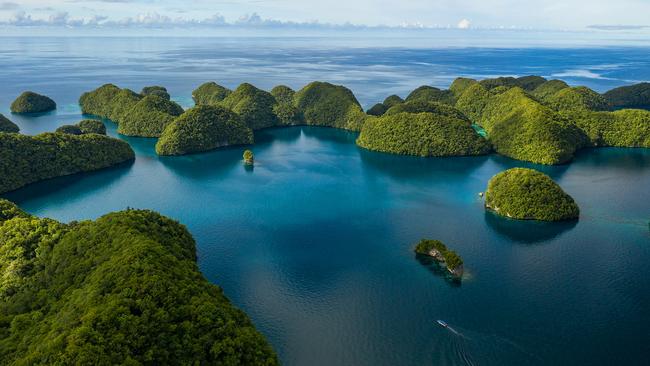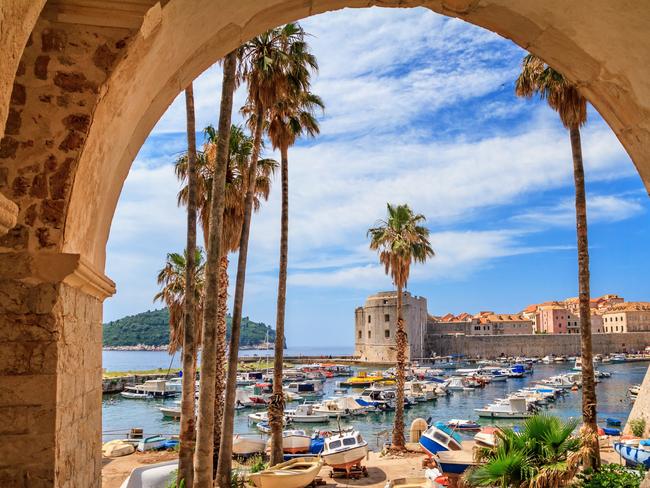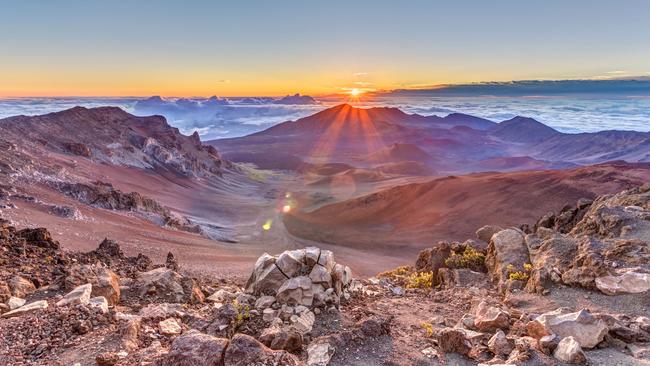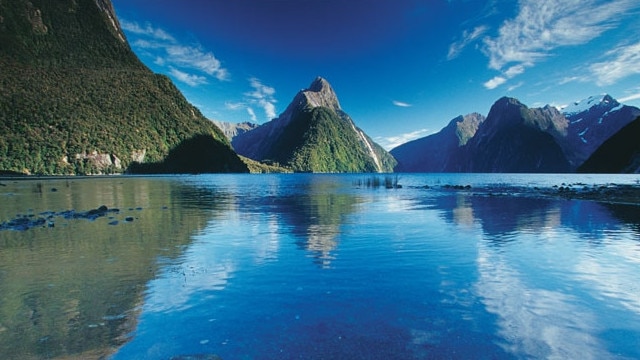Overtourism
At some of the world’s most pristine – and popular – tourist attractions, change is afoot.

The European summer holiday rush is in full swing, with airport departure gates around the world once again heaving with eager holiday-makers and adventure-seekers keen to return to their favourite destinations after years of pandemic-induced restrictions.
But for many of the world’s travel hot spots, the tourism free-for-all is well and truly over.
After two-years of greatly reduced visitor numbers, custodians of our most unique global wonders including the New Zealand wilderness and the Hawaiian island of Maui are taking stock of the impact hordes of tourists have had on their respective destinations and making efforts to manage it.
Pollution, traffic chaos, degradation of culturally significant sites and mismanagement of local resources are among the issues being tackled by communities whose lives are impacted daily – for better and worse – by tourism.
“The best thing that ever happened to us in travel is the pandemic,” Bruce Poon Tip controversially declared to his industry peers at Travel DAZE in Sydney last month.
The Canadian entrepreneur suggested that revolutionising travel as opposed to trying to return to normalcy should be a priority for the industry.
“Just prior to the pandemic, I don’t think the travel industry was in a very great place,” he said. “We were selling amenities and capacity instead of experiences. The commoditisation of experiences was really what was happening.”
In recent times countries such as Greece, Croatia and Thailand have implemented taxes for holiday-makers, while cities such as Venice and Dubrovnik have placed limits on the number of cruise ships entering their ports.
Some of the world’s most ecologically fragile sites, such as New Zealand’s Mermaid Pools, Thailand’s Maya Beach and Boracay in the Philippines have been completely shut off or limited to visitors to prevent further destruction of their natural beauty.

Protecting the beauty and desirability of these locations while also maintaining economic viability was a “balancing act” for many of the communities who heavily relied on the tourist dollar, according to Sarah Gardiner, associate professor of travel at Griffith University.
“We spend so much time in tourism trying to attract visitors into our destination, and then we have success by visitors coming, and often that can lead to over-tourism,” she explained. “Communities are very conscious, particularly in the aftermath of the pandemic to make sure the money spent by tourists is being retained in their local economies.”
Ecotourism Australia Chief Executive Elissa Keenan said the pandemic had offered the global travel industry a “once in a multi-generation opportunity” to create a viable and sustainable tourism model for the future.
“We’ve seen examples around the world where tourism has had a negative impact on the local community and the natural environment because there has not been an effective destination management plan in place, or well considered infrastructure or even measures to monitor the impact of tourism,” she explained.
While some destinations had already begun implementing measures to curb the destruction and chaos created by too many feet on ground, pandemic-enforced travel restrictions certainly offered more time and space for operators and industry to implement long-term strategies to combat the issues around overtourism.
The Covid-induced pause has also given travellers more perspective, with research by Booking.com finding they are 10 per cent more inclined to want to travel more sustainably than in 2021.
“A reduction in travel during the pandemic lessened environmental pressures and people really started seeing our natural environment in a different light,” Ms Keenan said. “Protected areas, marine and national parks are a critical part of our tourism landscape – they very much define what tourists are looking for when they visit Australia. The renewed appreciation for the natural environment and cultural heritage that we have witnessed in the last few years is increasing.”
Palau
Palau is leading the charge for responsible tourism. In 2017 the country worked with a Melbourne-based PR firm to develop the Palau Pledge, an agreement visitors are asked to sign upon arrival, pledging to take care of the island by respecting local customs, wearing reef-friendly sunscreen, not touching or taking coral or sea life from the reef and supporting local business.
This year the island took this commitment further, introducing Ol’au Palau, an incentive program offering unique experiences and benefits to visitors who take sustainable action during their stay. Using an app to track their activity, visitors who show their dedication to supporting the community and respecting the environment might be invited to meet local elders, explore remote parts of the island or visit historically important sites.
Maui, Hawaii

Hawaii’s second largest island is already struggling to cope with the unprecedented surge in visitors since Covid restrictions began to lift, with water shortages, traffic congestion and rising costs of living among the biggest tourism-related problems facing the island’s residents.
In April, a proposed bill to cap traveller numbers and ban short-term campervan usage on the Hawaiian island was approved by its city council and is now being considered by the Maui County Planning Commission.
Last year the island also imposed a three per cent transient accommodation tax, which will support the local community, in addition to the existing 10 per cent hotel tariff.
New Zealand

New Zealand tourism authorities had already begun taking action against tourism-related degradation before it closed its borders, introducing a levy for international visitors entering its national parks as well as establishing the Tiaki Promise, an environmental pledge visitors are encouraged to make upon entering the country.
Social media favourite The Mermaid Pools in Matapuri is still closed to tourists due to concerns over littering and pollution, and there are now proposals to cap daily visitors to Milford Piopiotahi.


To join the conversation, please log in. Don't have an account? Register
Join the conversation, you are commenting as Logout